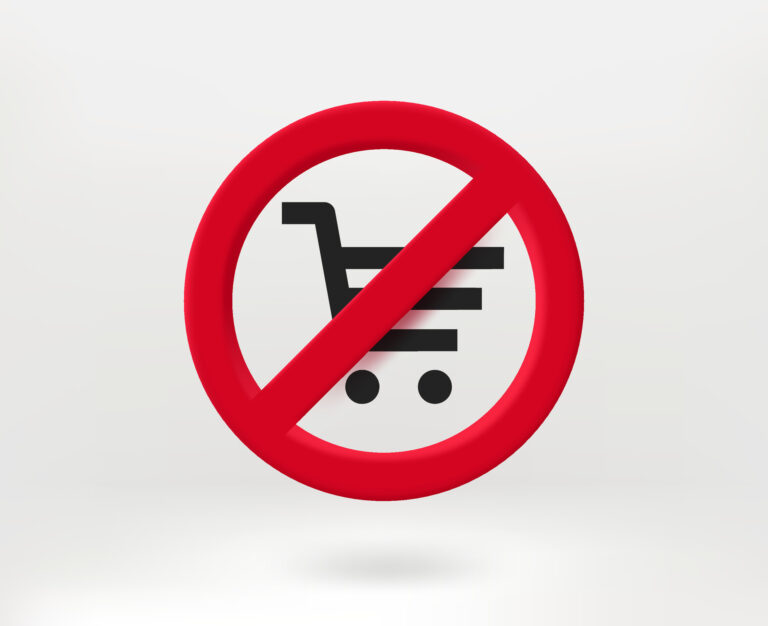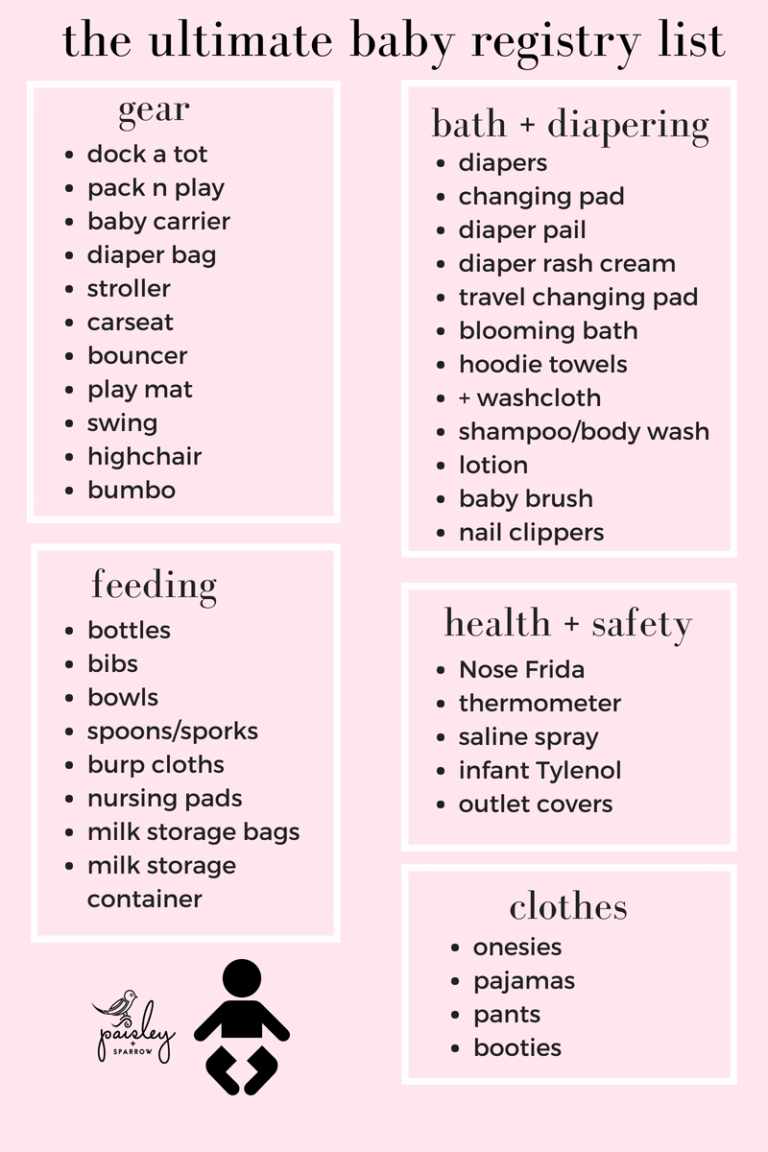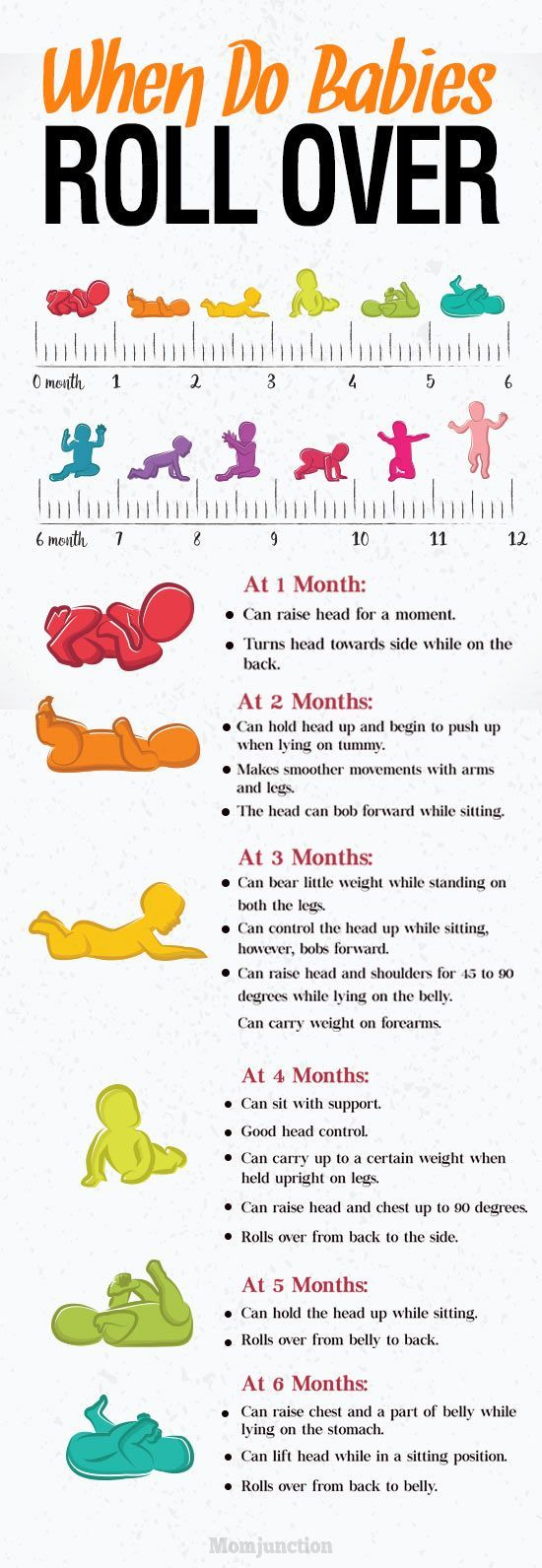How to Remove Adhesive from Skin: A Comprehensive Guide
Adhesives are an essential part of our daily lives, but they can also be a nuisance when they leave behind a sticky residue on our skin. Whether it’s from a bandage, a sticker, or a piece of tape, adhesive can be difficult to remove without damaging the skin. In this guide, we will explore various methods for removing adhesive from skin safely and effectively, including common ingredients, products, and home remedies. We will also discuss important safety precautions and provide tips for preventing adhesive residue buildup.
From gentle home remedies to specialized products, this guide will equip you with the knowledge and techniques you need to remove adhesive from skin without causing irritation or discomfort. Whether you’re dealing with a small patch of adhesive or a large area of residue, we have you covered. Read on to discover the best methods for removing adhesive from skin, ensuring your skin remains healthy and free from sticky remnants.
Methods to Remove Adhesive from Skin
Whether you’re removing a bandage, medical tape, or a stubborn sticker, adhesive can be a pain to get off your skin. Fortunately, there are a number of effective methods you can use to remove adhesive from skin, each with its own pros and cons.
Using Oil
- Materials: Vegetable oil, olive oil, baby oil, or coconut oil
- Steps: Apply a small amount of oil to a cotton ball or gauze pad. Gently rub the oil onto the adhesive until it starts to loosen. Wipe away the adhesive with a clean cloth.
Pros: Gentle on skin, effective on most types of adhesive
Cons: Can be messy, may take longer to remove adhesive
Using Alcohol
- Materials: Rubbing alcohol (70% or higher)
- Steps: Apply a small amount of rubbing alcohol to a cotton ball or gauze pad. Gently rub the alcohol onto the adhesive until it starts to loosen. Wipe away the adhesive with a clean cloth.
Pros: Fast and effective, works well on most types of adhesive
Cons: Can be harsh on skin, may cause irritation
Using Soap and Water
- Materials: Mild soap, warm water
- Steps: Wet the area with warm water. Apply a small amount of soap to the adhesive. Gently rub the soap into the adhesive until it starts to loosen. Rinse the area with clean water.
Pros: Gentle on skin, inexpensive
Cons: May not be effective on all types of adhesive, may take longer to remove adhesive
Using Adhesive Remover
- Materials: Adhesive remover (available at most pharmacies)
- Steps: Apply a small amount of adhesive remover to a cotton ball or gauze pad. Gently rub the adhesive remover onto the adhesive until it starts to loosen. Wipe away the adhesive with a clean cloth.
Pros: Fast and effective, works well on most types of adhesive
Cons: Can be harsh on skin, may cause irritation
Ingredients and Products for Adhesive Removal
There are a variety of ingredients and products that can be used to remove adhesive from skin. Some of the most common include:
Oil-based products, such as olive oil, coconut oil, or baby oil, can help to dissolve the adhesive bond. They are gentle on the skin and can be used on most skin types.
Alcohol-based products, such as rubbing alcohol or hand sanitizer, can also be effective at removing adhesive. However, they can be harsh on the skin and should be used with caution.
Commercial adhesive removers are specifically designed to remove adhesive from skin. They are typically more effective than household products, but they can also be more expensive.
Safety Precautions for Adhesive Removal
Yo, listen up! When you’re ripping that sticky stuff off your skin, it’s crucial to keep safety in mind. Ignoring these risks could lead to some nasty consequences like skin irritation, allergies, or even infections. Here’s the lowdown on what to watch out for and how to avoid ’em.
First off, always do a patch test before going all out on your skin. Just dab a bit of the remover on a small area and wait for a few hours to see if anything dodgy happens. If you notice any redness, itching, or swelling, hold your horses and don’t use it. It’s better to be safe than sorry.
Next, go gentle when you’re scrubbing that adhesive off. Avoid using harsh chemicals or rough cloths, as they can damage your skin. Instead, opt for mild products like baby oil or olive oil, and use a soft cloth or cotton ball to wipe it away.
Finally, if you do end up with any irritation, don’t freak out. Clean the area with soap and water, and apply a soothing lotion or cream. If it doesn’t improve or gets worse, don’t hesitate to hit up a doc for advice. They’ll help you get sorted out in no time.
Home Remedies for Adhesive Removal

Fret not, fam! If you’ve got some sticky residue clingin’ to your skin, fear not. Here’s a lit list of home remedies that’ll help you peel that pesky adhesive off in no time, bruv.
Natural Oils
- Baby Oil: This gentle oil is a whizz at dissolving adhesives. Rub it onto the affected area and let it soak for a few mins before wiping it away with a soft cloth.
- Olive Oil: Another top pick, olive oil is chock-full of natural solvents that’ll break down that gluey mess. Apply it like baby oil, giving it some time to work its magic.
- Coconut Oil: Not just for cooking, coconut oil is a natural moisturiser that can also loosen adhesive. Warm it up a tad and apply it to the skin, leaving it on for a bit before wiping it off.
Household Items
- Rubbing Alcohol: This is a bit more hardcore, but it’s a great option for tough adhesives. Dab some rubbing alcohol onto a cotton ball and gently rub it over the area until the adhesive starts to come off.
- Nail Polish Remover: Be careful with this one, as it can be harsh on the skin. But if you’re dealing with a stubborn adhesive, it might be your saving grace. Apply a small amount to a cotton ball and use it to wipe away the residue.
- Lemon Juice: The citric acid in lemon juice can help dissolve adhesives. Squeeze some lemon juice onto a cotton ball and rub it over the affected area. Leave it on for a few minutes before rinsing it off.
Tips for Preventing Adhesive Residue
Preventing adhesive residue on the skin requires understanding the factors that contribute to its buildup and implementing strategies to avoid them. Proper adhesive application techniques, selecting skin-friendly adhesives, and minimizing skin exposure to adhesives can help prevent residue formation.
Proper Adhesive Application
- Apply a thin layer: Excess adhesive can create a thick layer that’s more likely to leave residue. Apply only the amount necessary for a secure bond.
- Avoid over-spreading: Spreading the adhesive beyond the intended area can create a larger surface area for residue to accumulate.
- Use a barrier cream: Applying a thin layer of barrier cream or petroleum jelly to the skin before applying adhesive can create a protective layer that reduces residue adhesion.
Selecting Skin-Friendly Adhesives
- Hypoallergenic adhesives: Choose adhesives specifically designed for sensitive skin to minimize irritation and residue buildup.
- Water-based adhesives: Water-based adhesives are generally less likely to leave residue compared to solvent-based adhesives.
- Adhesive removers: Some adhesives come with matching removers that can effectively dissolve and remove residue without damaging the skin.
Minimizing Skin Exposure
- Limit adhesive use: Avoid using adhesives for extended periods or on large areas of skin to reduce the likelihood of residue accumulation.
- Cover the adhesive: If possible, cover the adhesive with a bandage or dressing to protect it from friction and moisture, which can break down the adhesive and create residue.
- Remove adhesive promptly: Remove adhesive as soon as it’s no longer needed to prevent it from hardening and leaving residue.
FAQ Corner
What is the most effective method for removing adhesive from skin?
The most effective method depends on the type of adhesive and the sensitivity of your skin. For strong adhesives, a commercial adhesive remover may be necessary. For gentler adhesives, warm water and soap or rubbing alcohol can be effective.
Can I use nail polish remover to remove adhesive from skin?
While nail polish remover can be effective in removing some types of adhesive, it is not recommended for use on sensitive skin as it can be harsh and drying.
How can I prevent adhesive residue from forming on my skin?
To prevent adhesive residue, use skin-friendly adhesives, apply them properly, and remove them promptly. You can also use a barrier cream or powder to protect your skin before applying adhesive.
What should I do if I experience skin irritation after removing adhesive?
If you experience skin irritation, discontinue use of the adhesive remover and wash the area with soap and water. Apply a soothing lotion or cream to the affected area and seek medical attention if the irritation persists.





